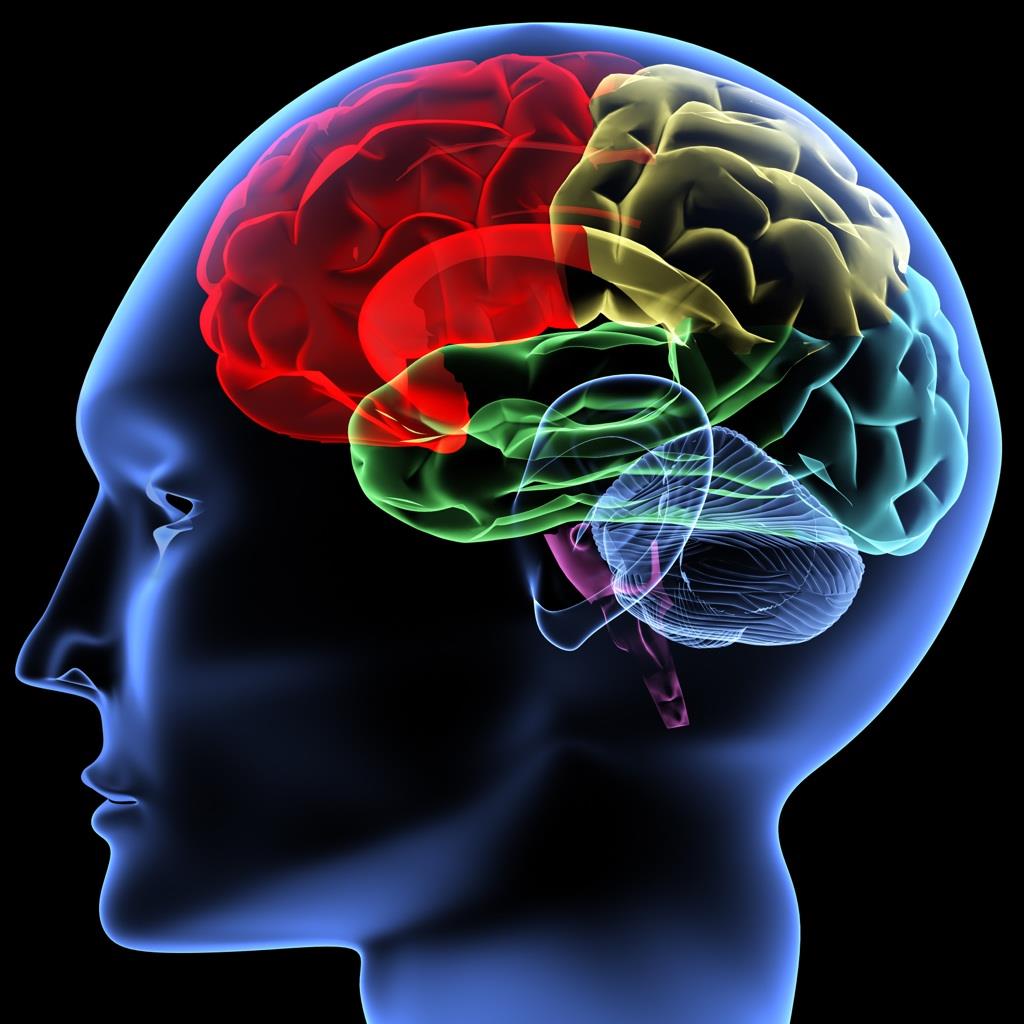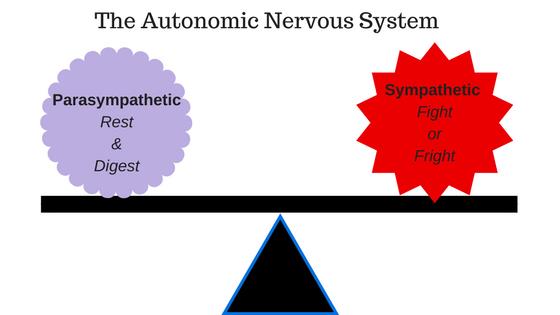Why this happens remains to be conclusively determined, but in order to understand what is going on, we need to take a closer look at the nervous system and how it is organized.
The Nervous System 101
Your brain is an incredibly complex network of cells that makes you uniquely human. Every thought and action you make, and every body process that occurs, is a highly orchestrated event controlled by your nervous system that strives to maintain a balanced internal environment.

Your nervous system can be divided into two main functional parts: the somatic nervous system and the autonomic nervous system. Your somatic nervous system is the part that you have conscious control over. For example, if you want to pick up a glass, it is this part of the nervous system that allows you to contract your muscles to complete this action. Alternatively, your autonomic nervous system controls all the body functions that you don’t consciously think about. This includes things like breathing, heart rate, blood pressure, digestion, body temperature, and controlling your stress response. For the purposes of this article, I will be focusing on the autonomic nervous system.
Fight or Fright vs Rest and Digest
Your autonomic nervous system can further be divided into the sympathetic nervous system and the parasympathetic nervous system. Your sympathetic nervous system acts as your emergency response system activating what is commonly known as the fight, flight, or fright response. When you are faced with a stressful situation, this system turns your body on in high gear by increasing your heart and breathing rates, mobilizing energy sources, and turning off ‘less important’ functions like digestion and respiration. Once the threat has passed, your parasympathetic nervous system kicks in to calm everything down. It works to slow your heart and breathing rate, increases digestion, and stores energy for later use. It is associated with the rest and digest functions of your nervous system.
Your sympathetic and parasympathetic nervous systems each play an important role in maintaining your body in balance. It is when this balance is tipped that problems can arise and result in the wide spectrum of symptoms classified under the umbrella of dysautonomia.
Dysautonomia is often misdiagnosed and can be very frustrating if you are someone who is living with it. It is my hope to shed more light on this complicated and confusing disorder as I explore different components of this dysfunction in future posts. By doing so, I hope to empower you with the knowledge and resources to help you or someone you love take back control of their health and regain balance.
Written by Dr. Michelle Speranza



